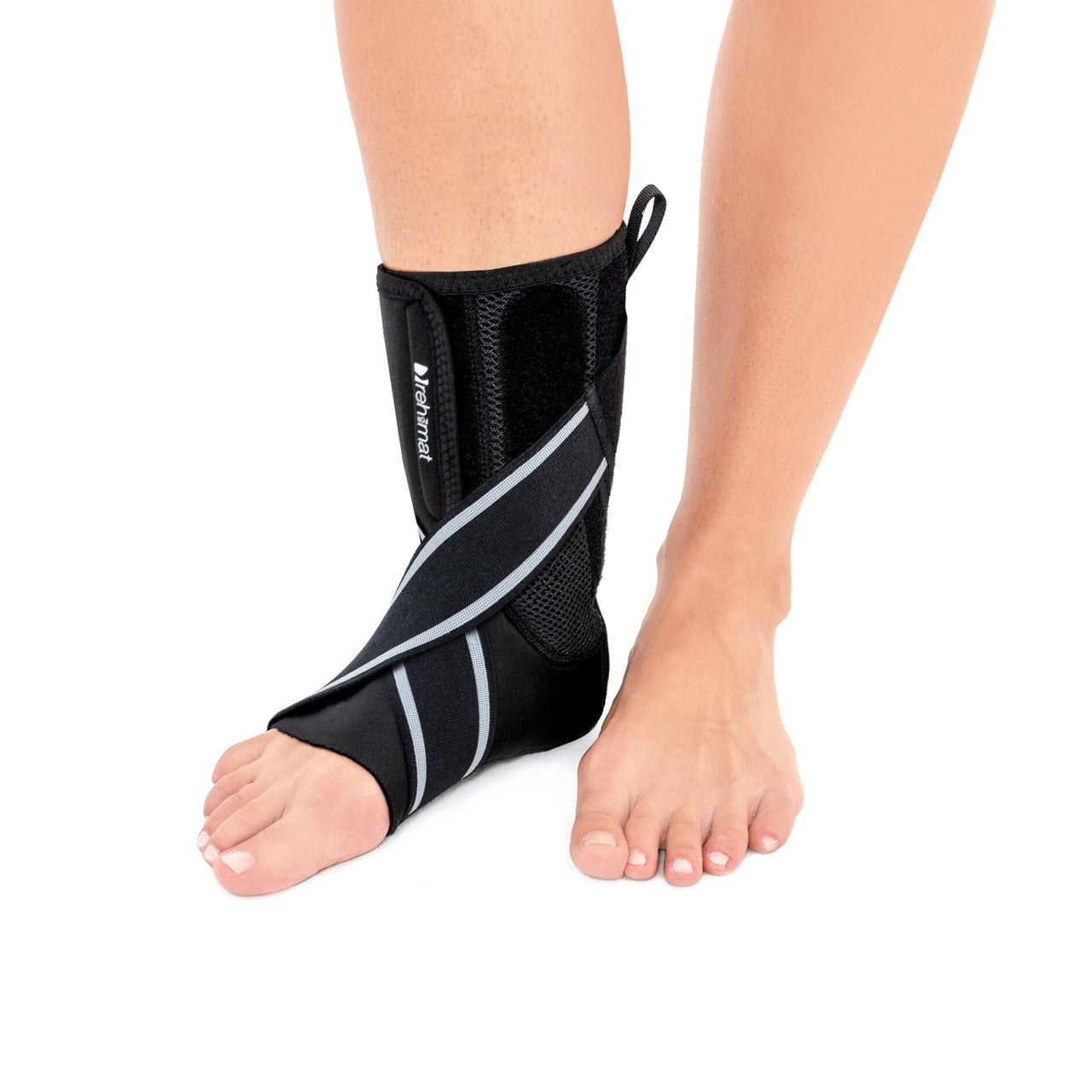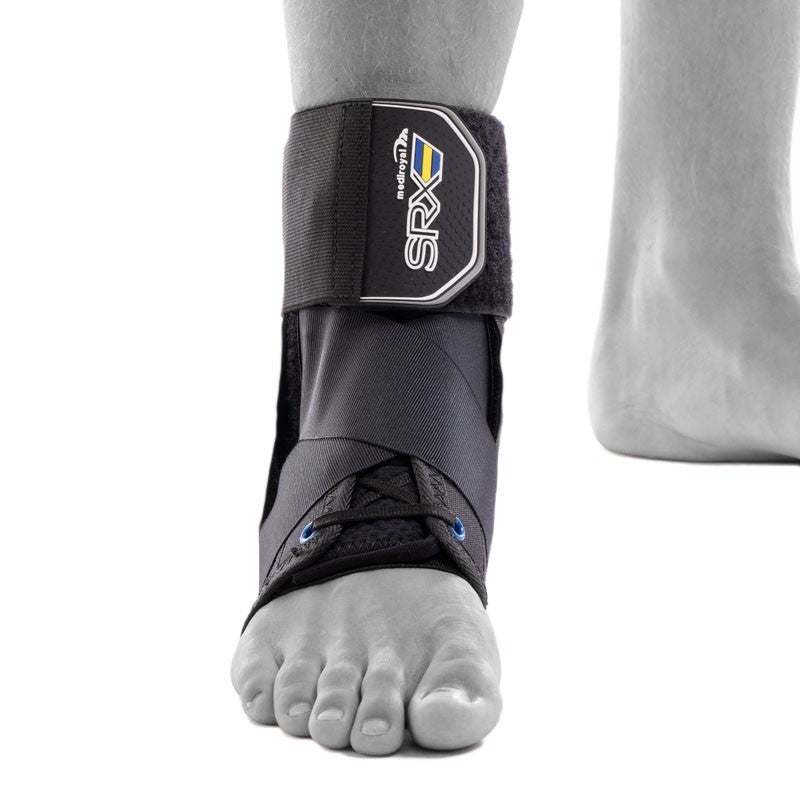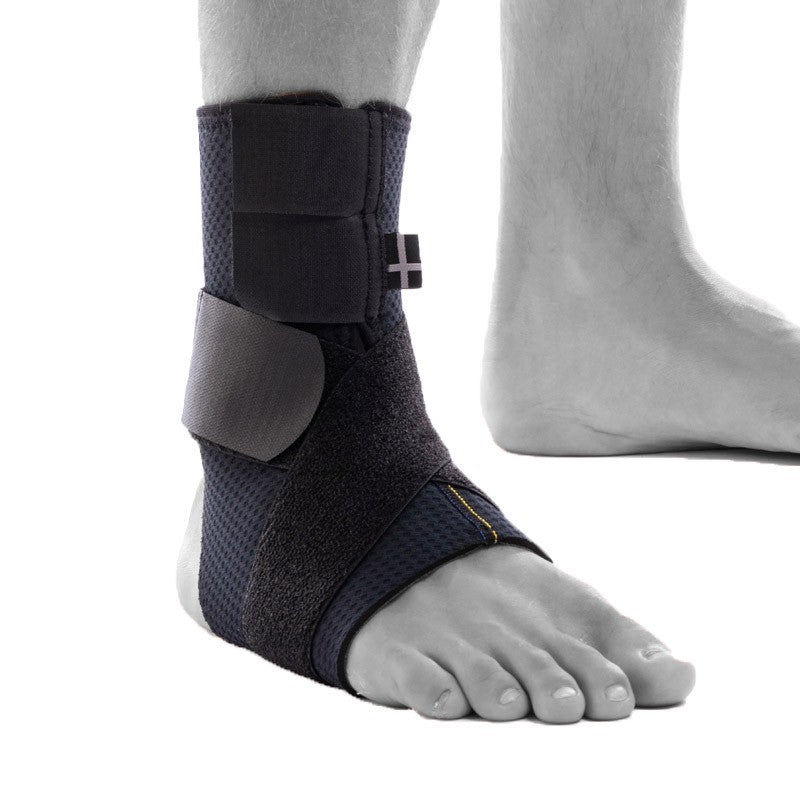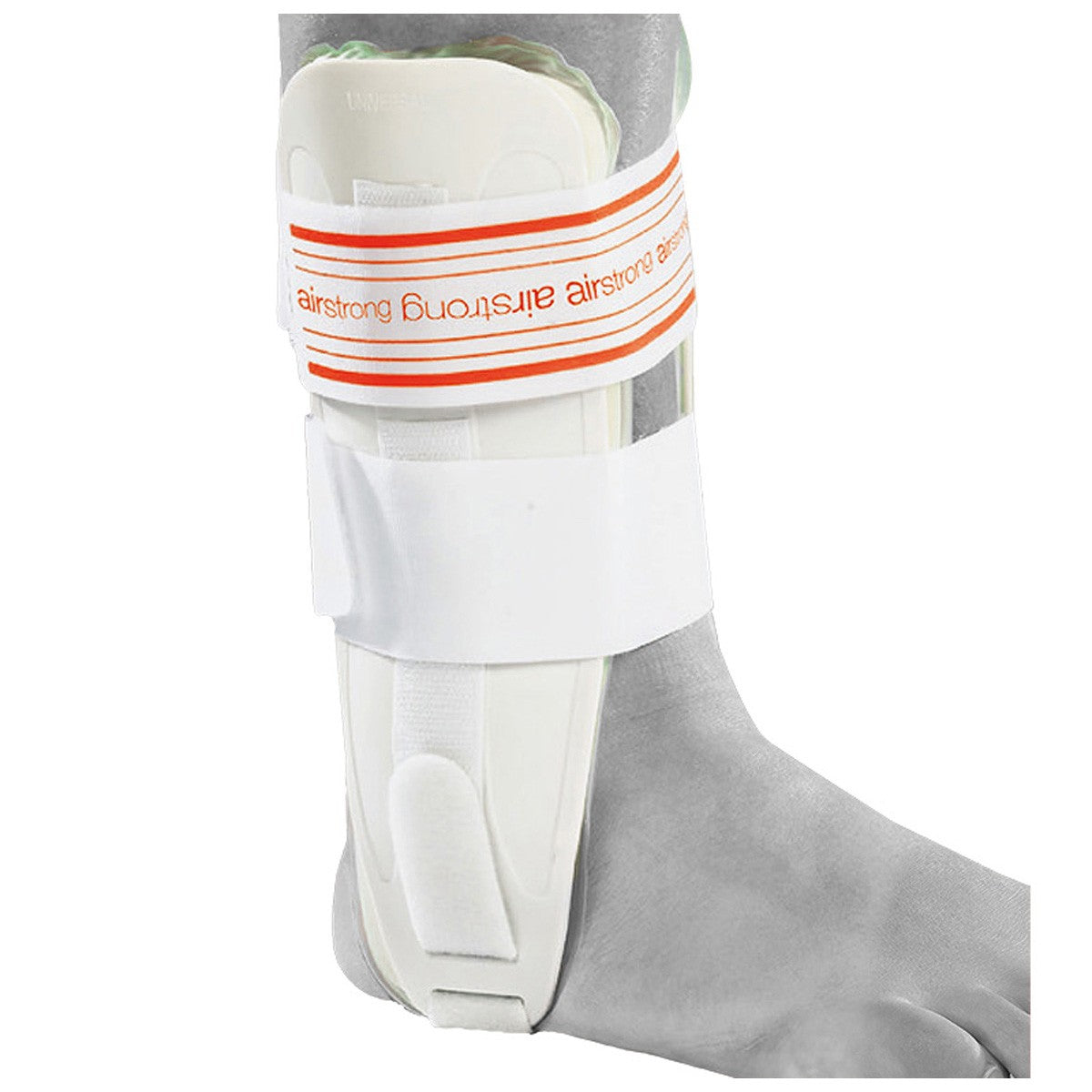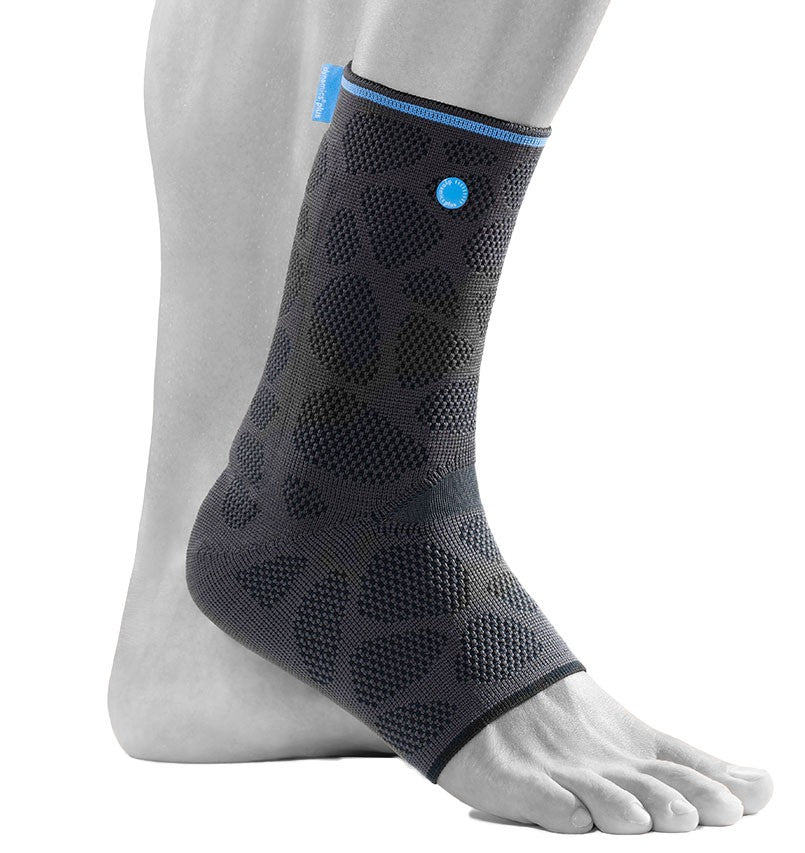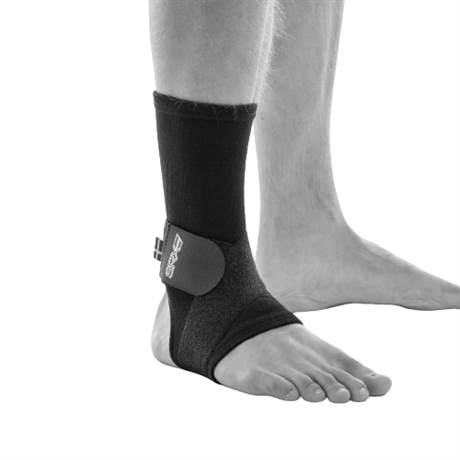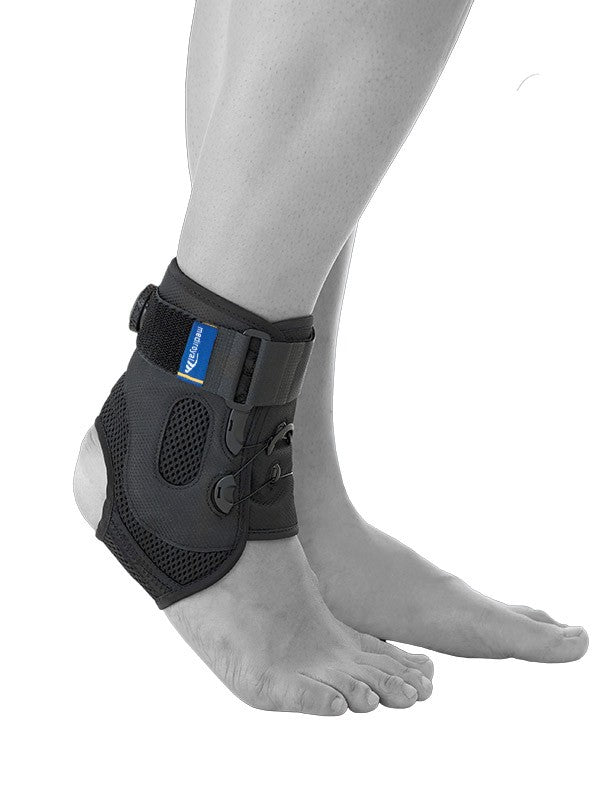Ankle instability is a common problem after repeated sprains or strains. The injury often leads to a feeling of instability when putting weight on the ankle, especially on uneven surfaces. With the right support, stability can be improved and the risk of further injury can be reduced.
What is unstable ankle?
Ankle instability occurs when the ligaments lose their full function, usually after repeated sprains. The problems are most noticeable when walking or doing activities on uneven surfaces, where the foot bends easily. In some cases, the condition is called chronic ankle instability. Shoe choice also affects - shoes with heels or poor support make the instability more noticeable.
Symptoms
- Feeling that the foot is bending under load
- Uncertainty on uneven surfaces
- Pain or discomfort with activity
- Recurrent sprains
Common causes & risk factors
Approximately 85% of ankle instability cases are due to previous sprains, often on the outside of the ankle. Lack of rehabilitation after an injury increases the risk of long-term instability. Factors such as improper shoe selection, high load and uneven surfaces can also worsen the problems.
When should you seek medical attention?
If you frequently sprain your foot, feel constant instability, or if the problems affect your everyday life and activities, it is wise to contact healthcare. Especially if rehabilitation and support do not help.
Recommended protection & support
A stabilizing ankle brace is the most effective aid for unstable ankles. The brace counteracts harmful extreme positions and increases control during movement. There are different models that can be adapted to activity level and needs. What they have in common is that they contribute to better stability, security and a reduced risk of recurring sprains.

